Rugby is not always a sport that copes well with change so perhaps the Premiership should brace for a backlash. On Saturday afternoon, the English top flight will undergo an identity shift, the Gallagher Premiership colloquialising into the Gallagher Prem – but a somewhat radical rebrand is about more than simply ditching seven letters from the name.
The soft relaunch of the league is the culmination of several years of hard work aiming to modernise and better market the English top flight. It has been driven by Rob Calder, one of the key figures behind the launch of The Hundred during his time at the ECB, who carries the slightly nebulous title of chief growth officer but has become a figure of real importance within the sport. On 23 July, as the fixtures are unveiled for the next campaign, so too will be the bold new idents and iconography developed by Calder’s team. Changes will also be clear in the way in which the league talks about itself, with brash billboards and branding unveiled promoting the brutality and brilliance that league chiefs already feel are on display. A teaser video will be played on the big screen during this weekend’s Premiership final, and the rebrand covered as part of the TNT Sports broadcast.
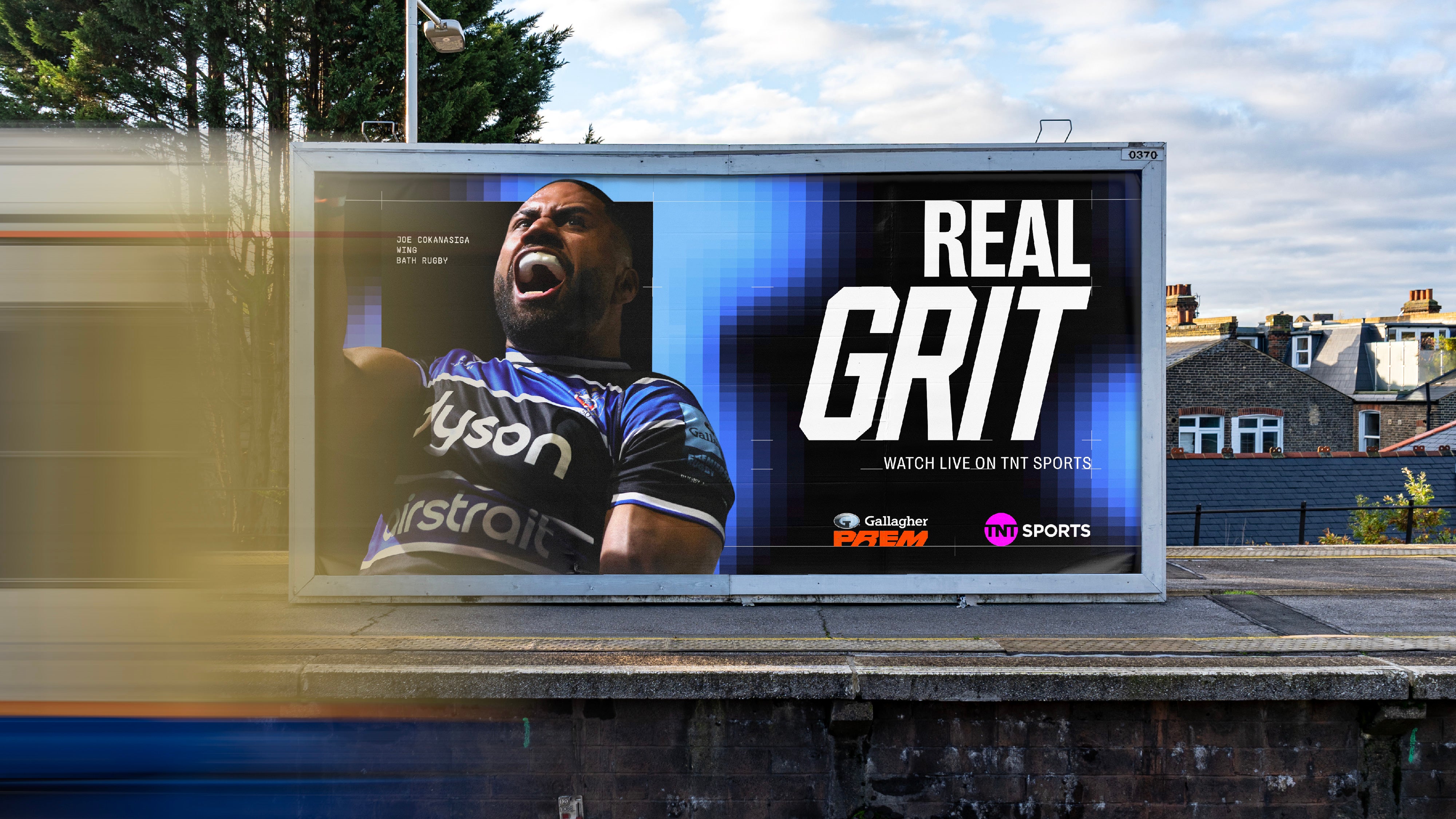
“What is important to us is evolution,” Calder explains. “We are a competition with great history, but we also believe we have a bright future ahead of us.
“We didn’t want to change it [too much] because this competition is flourishing. We wanted to do right by that, but we also wanted to move forward.
“You’ve seen it with the Championship reducing to the Champ, there’s a de-formalisation of sport and being right by the fan is really important. Speaking in the vernacular is important to us. We are going to talk how fans talk. It’s not formal, it’s not corporate, it’s not traditional. We know if we are going to grow from Gallagher Prem fans, we’ve got to attract international fans and then reach out into broader sport audiences.”
While some of the usual marketing babble is rampant within the rebrand – “orange means intensity,” Calder remarks seemingly with total sincerity – most of the changes are backed up by several years of consultation within the game and beyond. Players have been actively consulted, with Northampton’s George Furbank and Beno Obano of Bath among those mentioned, and their feedback taken on board to give them greater centrality within the presentation and profile of the English top flight. To that end, there will be a drive to produce more player-led content to build the personas of a next generation of stars for the next generation of fans – the organic success of Henry Pollock has been a step towards that, and clubs are being encouraged to platform the personalities within the game.
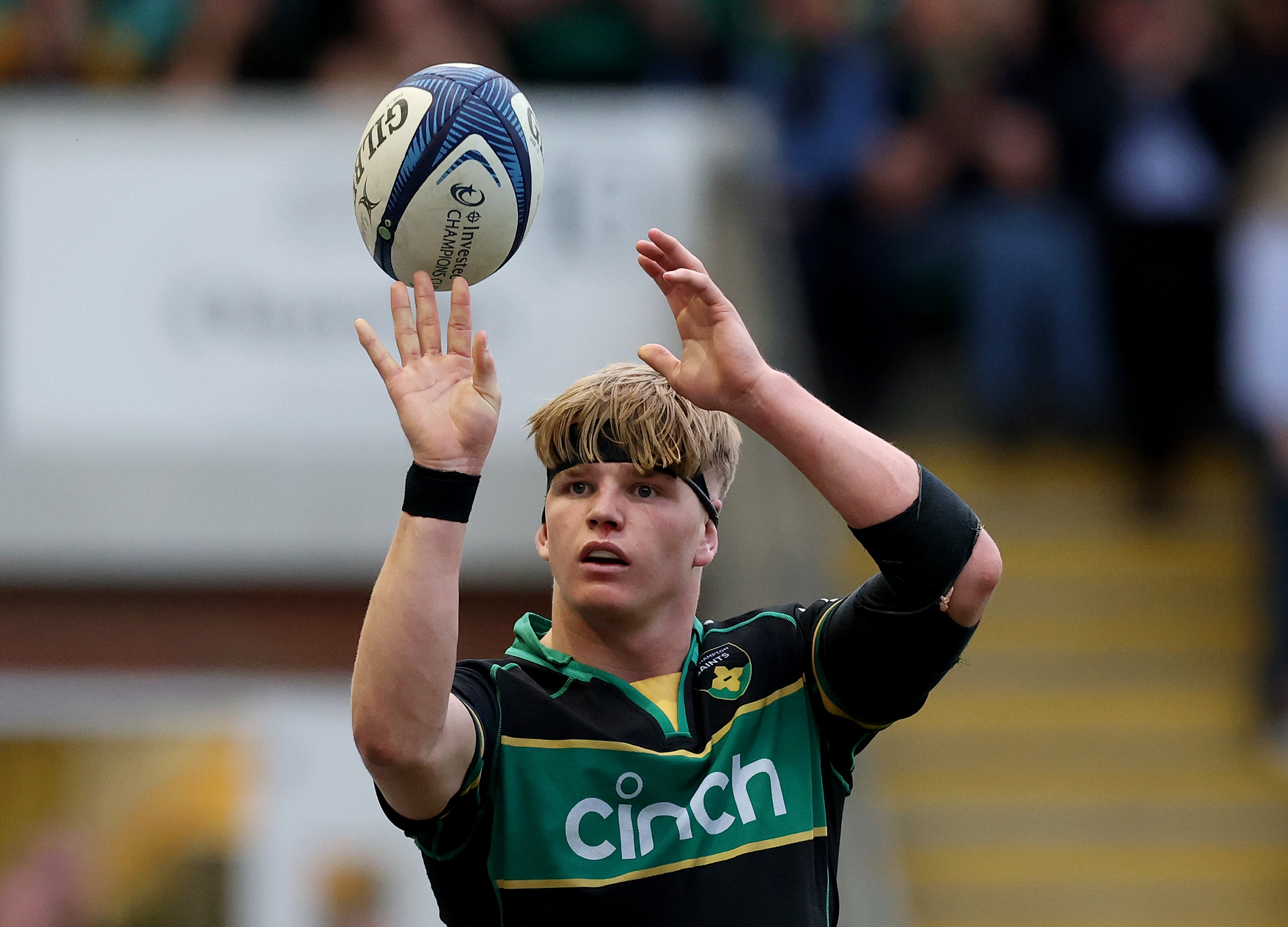
The engagement driven by an image of a battered and bruised Tom Dunn after Bath’s Premiership semi-final win over Bristol – the hooker turned black and blue in pursuit of victory for the blue and black – plays into a desire to be less apologetic about the physicality endemic to a contact sport. It may not be good news for the squeamish and safety-minded, and there is a delicate balance to strike with an ongoing head-injury court case and falling recreational men’s player numbers to worry about. But the Prem are confident in their player welfare measures, and intend to play up the big hits and colossal collisions as much as they can.
“We are unashamedly going to be talking about physicality, intensity, extreme athleticism and the grit of top-flight club rugby,” Calder says. “This is about big hits. It’s intense, it’s full contact, and it is unflinching. The players have said, ‘celebrate us as players and what we do, the aggression and the gladiatorial nature’. We’ve given the brand the intensity it needs to match.”
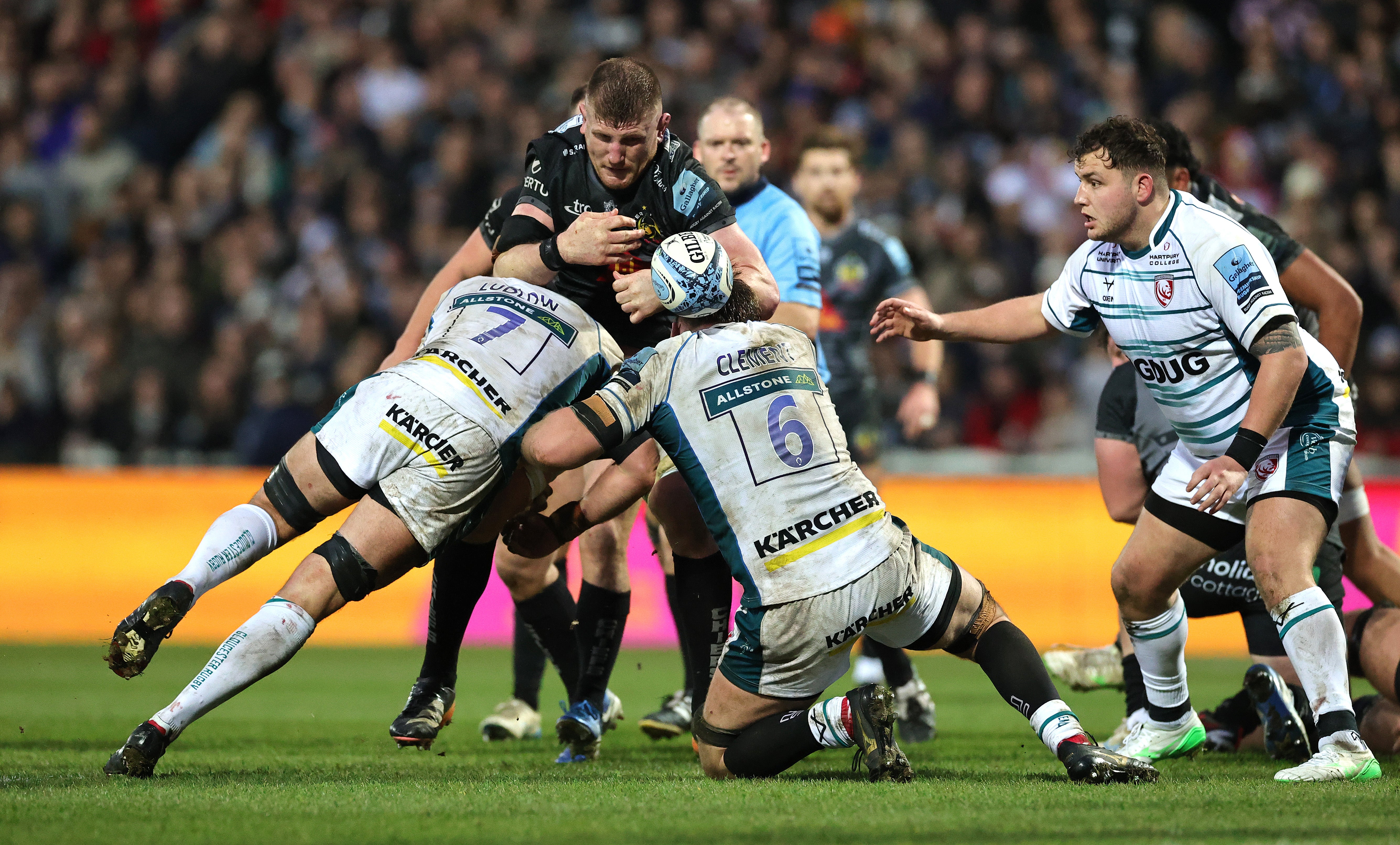
Separately to the rebrand, the Raine Group and Deloitte have also been engaged to look at the future of the league, figuring out the best competition structure to make it both attractive to investors and broadcasters while preserving the product that exists. A sort-of franchise model, controversially, remains on the table. A likely deal between Red Bull and Newcastle could be a precursor to other interested parties investing or taking ownership of clubs, expanding the portfolio of league stakeholders beyond the coterie of benefactors whose millions have propped up the game.
Get 4 months free with ExpressVPN
Servers in 105 Countries
Superior Speeds
Works on all your devices
Try for free
ADVERTISEMENT. If you sign up to this service we will earn commission. This revenue helps to fund journalism across The Independent.
Get 4 months free with ExpressVPN
Servers in 105 Countries
Superior Speeds
Works on all your devices
Try for free
ADVERTISEMENT. If you sign up to this service we will earn commission. This revenue helps to fund journalism across The Independent.
Within this, though, also comes a recognition of the strength of the brands that already exist – Calder’s previous work in cricket found that young people were unclear on the identity of counties, whereas clubs like Bath, Exeter and Leicester, among others, have established community footprints built over decades. Territories like Yorkshire – where an RFU academy already exists – and Kent – already awash with rugby fans – are seen as potential areas of expansion.
“If we were to expand the number of teams, the benchmark would have to be very, very high,” chief executive Simon Massie-Taylor reveals. “But it’s not just based on how many seats you have in your stadium or how big your changing room is. It’s about how much the game is going to grow and how the region is going to grow.
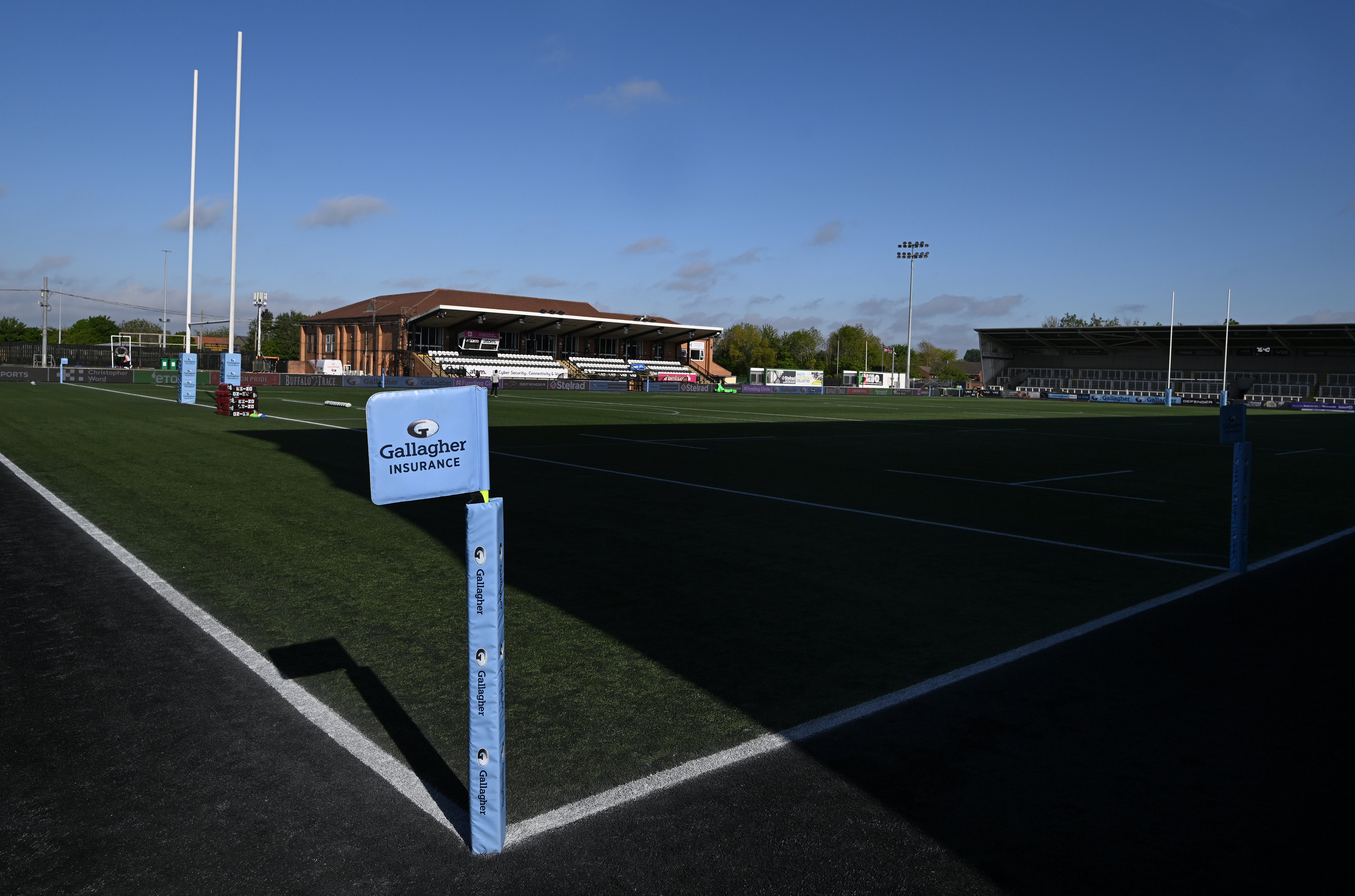
“The second part is what the Prem can do to make itself more investable and we’ve built a foundation there. The two things are linked. If you can get a league with a set of clubs that are deemed as investable and you link it to a growth model, you grow the game.”
TNT Sports are fully on board, with the strength of their commitment shown in the length and financial terms of a deal renewal that will see the broadcaster remain the Prem’s primary partner through the 2030/31 season. Provided agreement can be reached with a suitable host club, next season will begin on a Thursday night, avoiding a clash with the Women’s World Cup final on 27 September, with the league open to exploring where best to position their fixtures across a weekend. Taking a regular season game back to the United States is also a possibility down the line, with World Rugby currently investing heavily in the region ahead of the men’s and women’s World Cups of 2031 and 2033.
“We’ve had games in the US before and they’ve been a flash in the pan; the wrong time in the season, the wrong area, the wrong teams [involved],” Massie-Taylor adds. “But there is an opportunity in the build-up to the 2031 World Cup.
“We also have a US partner [Gallagher], which is coming up to its 100th anniversary [in 2027]. It needs to lead to something. It’s about maxing out what we have domestically first, which is why sell-outs are so important and why that needs to continue. Then you start thinking beyond these shores.”
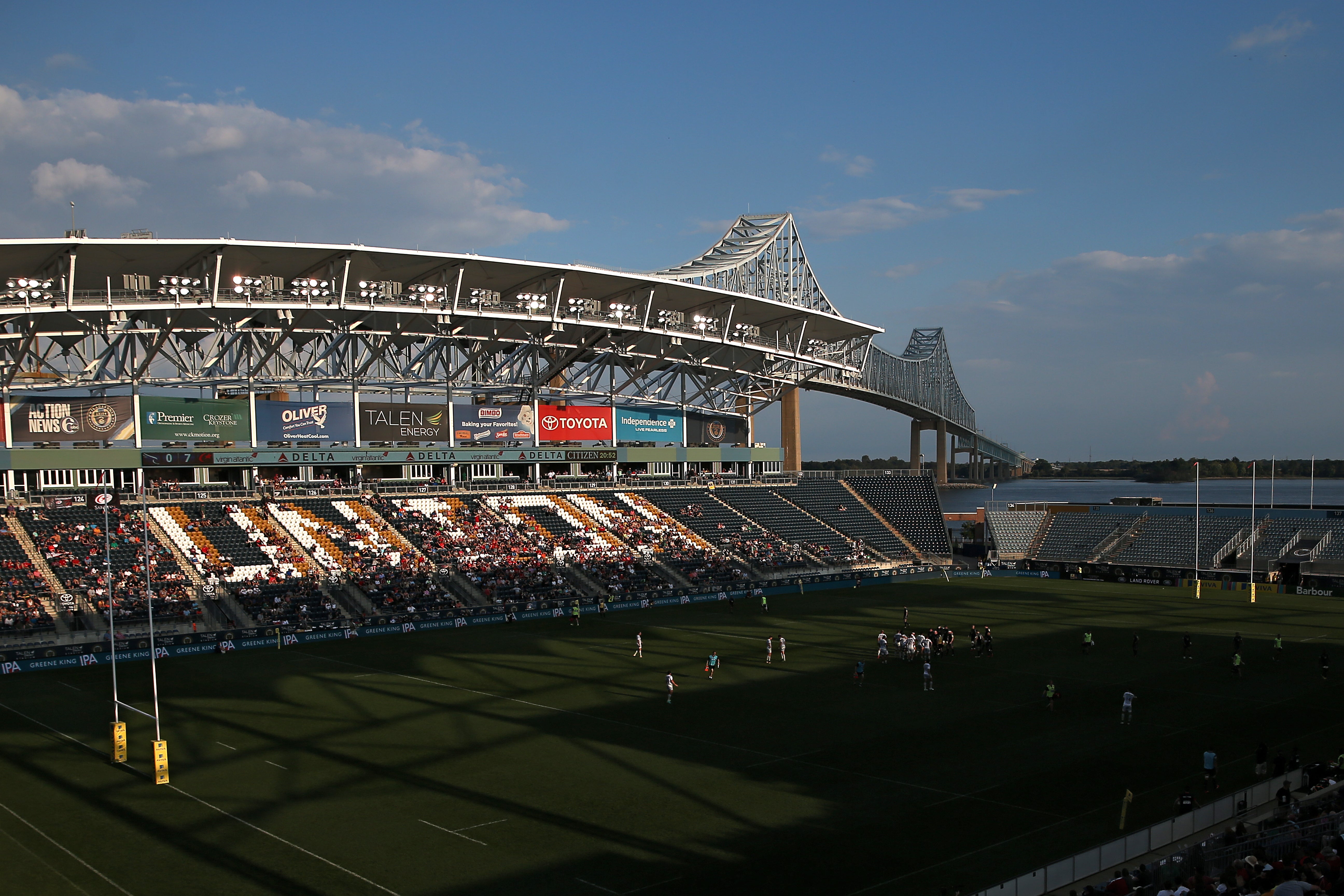
The Premiership were quick to play down any sense of the rebrand being driven by the looming threat of the rebel R360 league, this piece of work ongoing ever since Massie-Taylor was appointed in 2021 with Calder a key early hire. If the first couple of years of his chapter were worrying, with three clubs going to the wall and great divisions evident within the English game, there is hope that the tough times are behind the top flight. One senior figure used the analogy of the Premiership now being “out of intensive care, perhaps even out of the hospital” – perhaps not overwhelming prosperous times but after a long road to recovery there may just be better times ahead.




